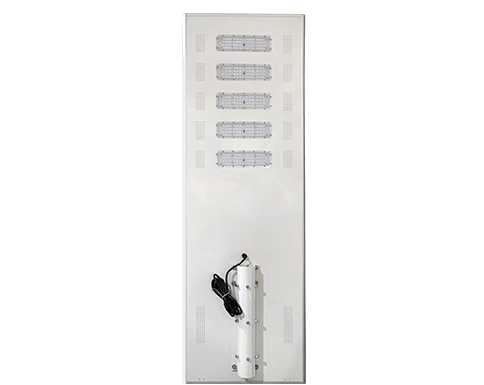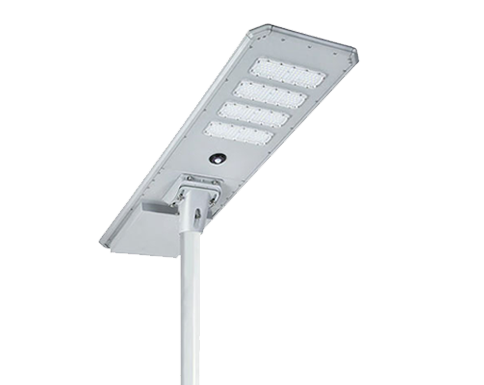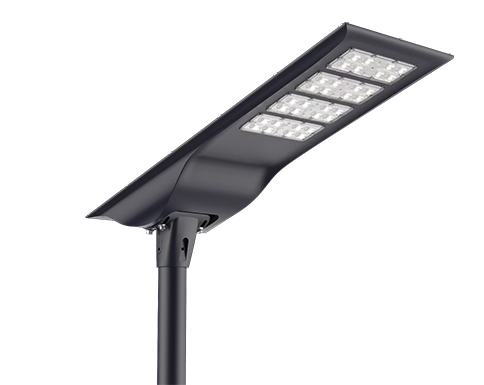Post time: 2022-09-20 14:31:17
Solar powered street lights are often found lighting roadways, pathways, and parking lots. You'll find them on commercial, federal, and municipal facilities. If you are proposing solar lighting for your project, you'll need to consider the pole. The pole shape, type, and material make a difference.
Lighting poles suitable for solar lighting systems are available in various materials. They include concrete, wood, fiberglass, steel, and aluminum. Each material has its own advantages and disadvantages. Aluminum has become one of the most popular choices for industrial and commercial solar street lights. This is especially true for direct burial applications.
Where possible, we recommend round tapered, direct burial, aluminum poles. You will find they are gaining popularity for both conventional and commercial solar street lights. Here are some of the reasons.
Aluminum light poles are available in different configurations. Examples are anchor base, break-away, and direct burial. Direct burial aluminum poles have been in service for almost 60 years. They save both time and money.
Direct burial poles don't need a foundation, so there is no concrete to pour and no waiting for it to set. You'll also avoid delays in getting anchor bolts and templates to the site. Because they are so light, placing the poles is quick and easy too.
Because there is not footing required, you'll save money on concrete. You'll also avoid a foundation design and the PE stamp. You could save from $300-$1000, depending on the application. If you're transporting the poles, the light weight will mean lower shipping costs. Finally, saving time on installation will translate to cost savings. Time is money.
Aluminum forms a protective layer of aluminum oxide that guards against corrosion. Weather resistant (TGIC) thermoset powders add an extra layer of protection.
Direct burial takes concrete out of the picture. And there's no chance of uneven base covers where bolt projections don't lineup.
Variables in mixing, pouring, and setting concrete, can cause problems. You may experience flaking and pre-mature failure as a result. When you direct bury poles, you get rid of these opportunities for error.
Direct burial aluminum poles are less susceptible to failure than their anchor-base counterparts. There is no base plate weld and the ground supporting the shaft acts as a dampener against vibration.
Eliminating the base plate weld also makes the pole stronger. Direct burial aluminum poles support higher EPA values than anchor base designs. The poles are 18-20% stronger and sometimes allow reductions of up to one wall size. This is especially important for industrial solar street lights.
Aluminum light poles offer a long lifespan of 50 years, which makes them cost-effective.
Commercial solar street lights need to be accurately sized. Aluminum allows for a great deal of flexibility in wall thickness, taper rate, and diameter. This means you get the right fit for your project.
Aluminum has a plentiful supply, a long life and it's 100% recyclable.
Of course, a perfect lighting project needs more than a perfect pole. It's important to choose the best solar-powered street lights for your application. To find the right choice, contact Polybirte. Our solar lighting experts have a wealth of experience.
Do solar powered street lights work when it's cloudy or raining? How Does Solar Lighting Offer More Long-Term Gains Compared to Traditional Lighting?



Please fill out the form below to start chatting with the next available agent.
Start Chat